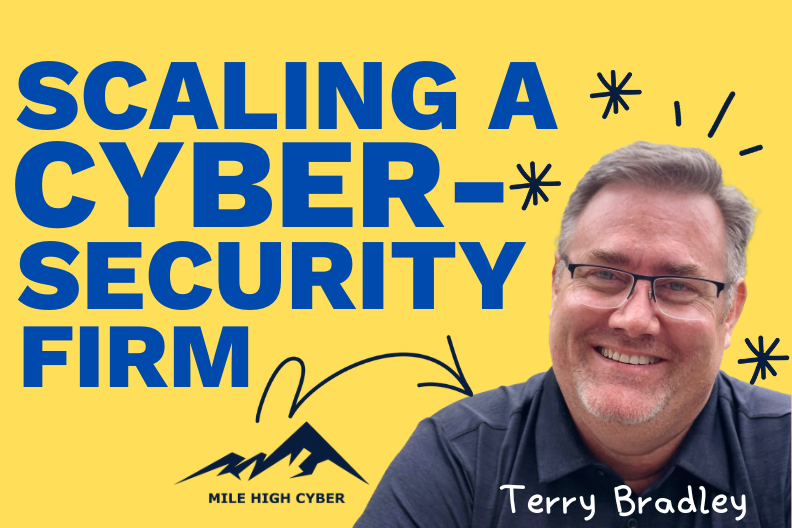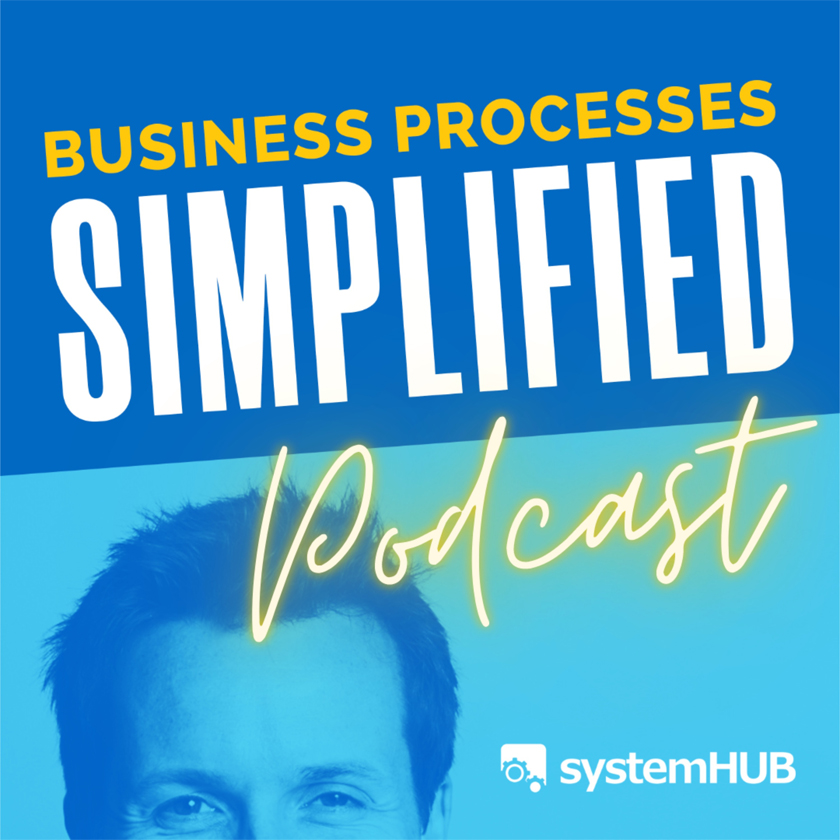From Technical Expert to Scalable Business Owner
Terry Bradley, president and co-founder of Mile High Cyber, faced a common challenge in the cybersecurity industry. With decades of experience including service at the National Security Agency, he recognized that technical knowledge alone wasn’t enough to build a sustainable business.
“In my industry, which is cybersecurity, specifically offensive cybersecurity, ethical hacking, penetration testing, I would say there’s a great lack of systems,” Bradley explains. “Most of the folks who work in this field are very talented and creative and they don’t want to be constrained by written procedures or test plans.”
Finding the Systems Solution
Bradley’s turning point came after reading Michael Gerber’s E-Myth, which led him to question how he could systematize cybersecurity work. The breakthrough happened when he encountered SYSTEMology.
“I read the E-Myth. That was the first book that kind of got me thinking in this direction. And there was an individual in a networking group that I was with that was a SYSTEMology consultant. He gave me a copy of SYSTEMology…once I read that, I’m like, ‘yeah, we could really use your help to implement this.'”
Recognizing that knowledge hoarding was a significant industry barrier, Bradley decided to take a systematic approach to building his business.
Implementing Systems in a Knowledge-Hoarding Industry
Bradley’s implementation strategy focused on several key elements:
- Bringing in an external SYSTEMology consultant to help team members understand the benefits and create distance from the idea being “the boss’s pet project”
- Incentivizing team members with bonuses and performance objectives tied to systems development and adoption
- Creating a systems culture where documenting procedures became standard practice
- Building a comprehensive knowledge base of both new and legacy testing techniques
- Designating a Systems Champion to drive ongoing systems improvement
“We incentivized people with bonuses and objectives in their performance reviews to adopt and help us build all the systems that we had to build,” Bradley shares. “We made systems a priority for all the benefits, not because I had some particular bent towards them.”
Business Transformation Through Systems
After three years in business, the impact of systems implementation has been transformative. Mile High Cyber successfully differentiated itself by building its business model around junior staff rather than expensive senior hackers—a strategy made possible by robust systems.
“One of the ways that we’ve differentiated ourselves as a business is by not going on buying a whole bunch of expensive hacker talent. We’ve built primarily with more junior folks,” Bradley notes. “Having the systems in place allows us to have a really non-confrontational way to address unexpected outcomes.”
Perhaps most significantly, Bradley recently achieved a milestone that eludes many business owners for decades:
“This past couple of weeks I was able to take my first vacation as a business owner. Three years in business and my wife and I literally didn’t have to work. The team took over for two weeks, and there’s no way we could have done that without systems in place.”


Key Lessons from Mile High Cyber’s Systems Journey
- Invest in proper tools from the start: “An early mistake would be to try to skimp on the platforms that you use to manage your tasks and to document your systems. You need to invest that money. Otherwise, you’re going to recreate it all in a better system down the road.”
- Use systems to improve team dynamics: “If there’s a bad outcome or something didn’t happen the way it was supposed to, I always say let’s look at the system…About 50% of the time it’s because the system wasn’t clear.”
- Start small and build over time: “I would just encourage people to start on their journey small and then build over time. It’s gonna take a while.”
- Find the right Systems Champion: “After a period of reflection and watching to see who was doing what, I identified the person who was the best candidate.”
- Be patient with implementation: “We were fairly realistic in terms of not getting it done overnight. It took us probably nine months to document the systems.”
Systems as a Competitive Advantage
Terry Bradley’s experience demonstrates how systems can transform technical expertise into business success, even in a rapidly-changing, knowledge-intensive industry like cybersecurity.
“In terms of training and building a staff, it’s been very beneficial to not hurt people’s feelings when you have to fix problems,” Bradley concludes. “We can always put that on the system.”
Ready to Systematize Your Technical Business?
Is your expertise trapped in your head? Learn how to build systems that allow your business to scale without constant oversight. Get started with our free resources or try systemHUB for 14 days to begin documenting your business processes today.









